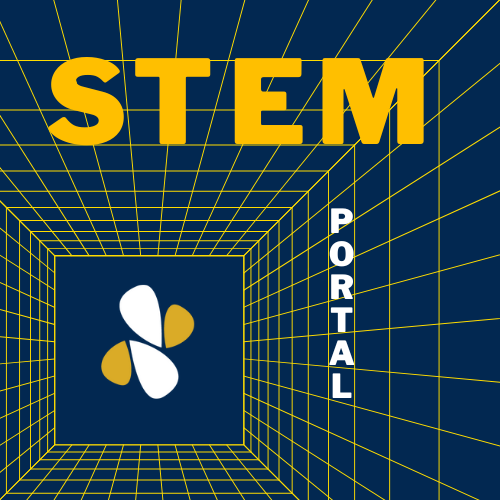STEM
STEM (Science Technology, Engineering and Mathematics) professionals generate a stream of scientific discoveries and technological innovations that fuel job creation and national economic growth. Ensuring a robust supply of these professionals is critical for sustaining growth and creating jobs growth at a time of intense global competition. Undergraduate STEM education prepare the STEM professionals of today and those off tomorrow, while also helping students develop knowledge and skills they can draw on in a variety of occupations and as individual citizens.
Indicators for Monitoring Undergraduate STEM Education, National Academies of Science, Engineering and Medicine, 2018, https://nap.nationalacademies.org/catalog/24943/indicators-for-monitoring-undergraduate-stem-education

National Science and Technology Council, STEM Education:
Over the past 25 years, STEM education has been evolving from a convenient clustering of four overlapping disciplines toward a more cohesive knowledge base and skill set critical for the economy of the 21st century.
The best STEM education provides an interdisciplinary approach to learning, where rigorous academic concepts are coupled with real-world applications and students use STEM in contexts that make connections between school, community, work, and the wider world. Leaders in STEM education continue to broaden and deepen its scope and further transcend the fields of study beyond just a combination of the four disciplines to include the arts and humanities. Modern STEM education imparts not only skills such as critical thinking, problem solving, higher order thinking, design, and inference, but also behavioral competencies such as perseverance, adaptability, cooperation, organization, and responsibility.
Charting A Course For Success: Americas Strategy For STEM Education, A Report by the Committee on STEM Education of the National Science & Technology Council, 2018, https://eric.ed.gov/?id=ED590474
NSF STEM Education:
The mission of EDU is to achieve excellence in U.S. science, technology, engineering and mathematics (STEM) education at all levels and in all settings (both formal and informal) in order to support the development of a diverse and well-prepared workforce of scientists, technicians, engineers, mathematicians and educators and a well-informed citizenry that have access to the ideas and tools of science and engineering. The purpose of these activities is to enhance the quality of life of all citizens and the health, prosperity, welfare and security of the nation.
National Science Foundation, Directorate for STEM Education (EDU), https://beta.nsf.gov/edu
Additional Information:
The U.S. National Science Foundation gives high priority to research that is interdisciplinary — transcending the scope of a single discipline or program. NSF's support of interdisciplinary research and education is essential for accelerating scientific discovery and preparing a workforce that addresses scientific challenges in innovative ways.
https://www.nsf.gov/about/research_areas.jsp
2022 Science and Engineering State Indicators: https://ncses.nsf.gov/indicators/states
Indicators for Monitoring Undergraduate STEM Education: https://nap.nationalacademies.org/catalog/24943/indicators-for-monitoring-undergraduate-stem-education
